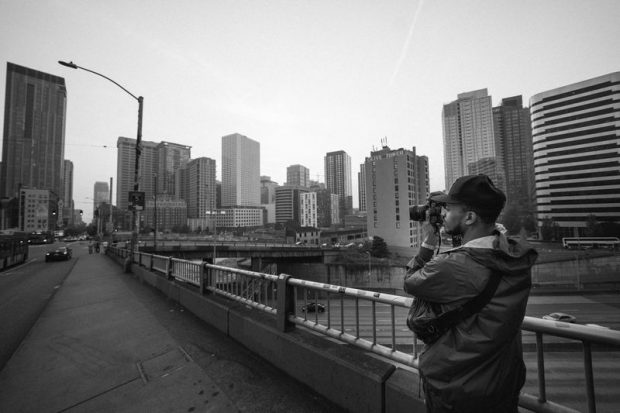Some Known Facts About Framing Streets.
Table of ContentsThe Greatest Guide To Framing StreetsFraming Streets Things To Know Before You BuyThe Best Guide To Framing Streets6 Easy Facts About Framing Streets DescribedFraming Streets Can Be Fun For AnyoneNot known Details About Framing Streets
, usually with the purpose of recording images at a decisive or emotional moment by mindful framework and timing. https://typhoon-dinghy-f4c.notion.site/Framing-Streets-Mastering-the-Art-of-Street-Photography-7902cfb0b0a245919a9be5c8725db988?pvs=4.
Subsequently his boots and legs were well specified, but he lacks body or head, because these remained in motion." Charles Ngre, waterseller Charles Ngre. https://framingstreets1.start.page was the initial photographer to attain the technological elegance needed to register individuals in movement on the road in Paris in 1851. Digital Photographer John Thomson, a Scotsman collaborating with journalist and social lobbyist Adolphe Smith, published Street Life in London in twelve month-to-month installations beginning in February 1877
The Framing Streets Statements
Eugene Atget is considered a progenitor, not because he was the very first of his kind, but as an outcome of the popularisation in the late 1920s of his document of Parisian streets by Berenice Abbott, who was inspired to take on a comparable documentation of New york city City. [] As the city developed, Atget assisted to advertise Parisian streets as a worthy subject for photography.

Our Framing Streets PDFs
Martin is the first videotaped digital photographer to do so in London with a masked camera. Mass-Observation was a social research study organisation founded in 1937 which intended to tape daily life in Britain check it out and to record the responses of the 'man-in-the-street' to King Edward VIII's abdication in 1936 to wed divorce Wallis Simpson, and the sequence of George VI. Andre Kertesz.'s commonly appreciated Images la Sauvette (1952) (the English-language edition was entitled The Crucial Moment) advertised the idea of taking an image at what he termed the "definitive minute"; "when type and material, vision and make-up combined right into a transcendent whole" - photography presets.
All about Framing Streets
The recording device was 'a concealed electronic camera', a 35 mm Contax concealed beneath his coat, that was 'strapped to the upper body and connected to a lengthy wire strung down the appropriate sleeve'. Nonetheless, his job had little contemporary impact as due to Evans' level of sensitivities concerning the creativity of his task and the personal privacy of his topics, it was not published until 1966, in the publication Numerous Are Called, with an intro written by James Agee in 1940.
Helen Levitt, then an instructor of young kids, connected with Evans in 193839. She documented the transitory chalk illustrations - photography presets that were part of youngsters's street culture in New York at the time, along with the children that made them. In July 1939, Mo, MA's brand-new photography area consisted of Levitt's work in its inaugural eventRobert Frank's 1958 book,, was substantial; raw and frequently out of emphasis, Frank's pictures questioned traditional digital photography of the time, "tested all the official rules put down by Henri Cartier-Bresson and Walker Evans" and "flew in the face of the wholesome pictorialism and sincere photojournalism of American magazines like LIFE and Time".